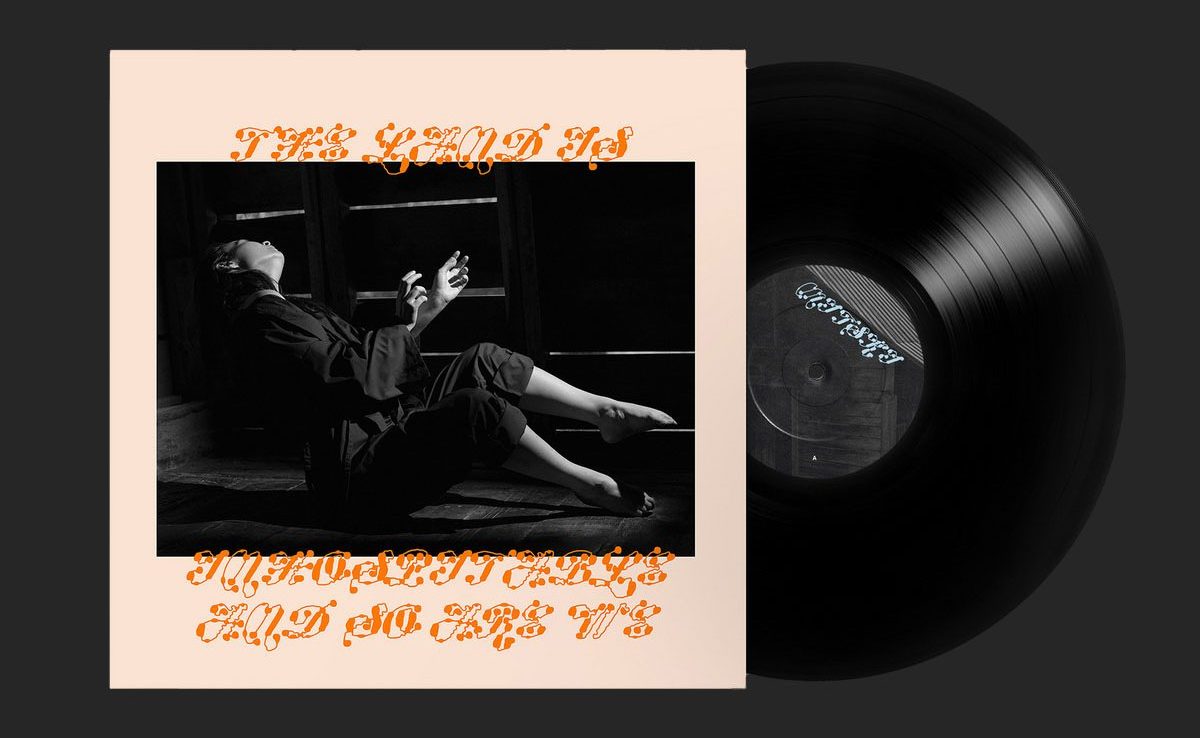120 Beats Per Minute, or 120 BPM, is truly a tour de force, and a manifestation of human integrity and tenacity. Directed by French film maker Robin Campillo, the movie follows the exhilarating story of the Paris chapter of ACT UP (an AIDS’ activist group originally founded in New York City in 1987) and their struggles during the AIDS’ epidemic in France in the early 90’s. The group’s aim is to spread awareness of AIDS and how it can be prevented via contraception.  They are mostly focused, however, on protesting the pharmaceutical company, Melton Pharm, which had delayed the release of an anti-AIDS medication and effectively allowed hundreds of people, particularly those in the LGBT community, to die.
They are mostly focused, however, on protesting the pharmaceutical company, Melton Pharm, which had delayed the release of an anti-AIDS medication and effectively allowed hundreds of people, particularly those in the LGBT community, to die.
At the center of the film’s plot is Sean (played by Argentine actor Nahuel Pérez Biscayart) a gay man living in Paris in his late 20s. Sean was first infected with the disease when he was 15. Throughout the movie, Sean’s character development is extraordinary. One can’t help but be transfixed by his appearance as his symptoms of AIDS become worse and worse. As the plot thickens, his body thins; his face appears almost hollow, and his skin becomes filled with a variety of lesions.
The plot is tangible, character is something one can really see, as opposed to where it is typically left up to one’s own thoughts and interpretations. Shawn’s condition is an example of this. His body and mind over the course of the film began to become increasingly sickly. The beginning of the movie shows him with longer, curlier hair and rosy cheeks, while in the end, his hair is short and his skin almost looks as if it could be some kind of greenish-gray shade.
Campillo also uses a variety of filming techniques, particularly ones playing with light and shadow. Periodically throughout the film, the ACT UP members dance in nightclubs to music which changes depending on the point at which one is in the plot. These scenes are filled with flashing strobe lights that add to the confusion and desperation of those infected at the time. Yet it also reflects the group’s ability to push on with their cause, despite the obstacles that stand in their way.
The clothing is incredibly realistic for the time. Actors wear jean jackets, high-waisted jeans and shoulder pads, clothing which looks similar to things one would see today. However, it gives one a sense of the era. It’s these little things that add so much to the film in the long run.
Throughout the course of the movie there are sexually explicit scenes, such as gay male sex scenes. However, while one would think too much sex would be repulsive, it adds to the film. The sex scenes, like much else, are physical manifestations of the plot, and they are more tasteful and romantic than raunchy or vulgar. Such scenes feature Sean and his boyfriend, Nathan (played by French actor Arnaud Valois), where Sean describes his history with AIDS and how the infection has affected his life.
120 Beats Per Minute is, of course, graphic, but it’s important to make the film that way in order to illustrate the extent of the epidemic. The movie’s style and plot are testimonies to the resistance of people, a relevant subject even in today’s age. It’s an important film to watch in order to empathize, at the very least, with the struggles of a marginalized community, even if we can never understand it fully.
Have you watched the film? What are your thoughts?
French film ‘120 Beats Per Minute’ makes waves at release
January 29, 2018
2
0
More to Discover




















































































Ethan Hayes • Jan 30, 2018 at 7:21 pm
I was really hesitant to watch movies that were in a foreign language with English subtitles. But after I watched a French film with English subtitles I felt more connected to the movie as I had to be more in tune with the plot and dialogue. It’s a transition at first but so worth it!
Bailey Stover • Jan 29, 2018 at 8:39 am
I am so sad I wasn’t able to see the movie when it was at Ragtag, it looks amazing. I am glad to hear film makers across the world are tackling controversial issues and drawing attention to marginalized groups of people, this is how we are able to impact change. I have so much respect for those who are willing to make themselves public figures, subjecting themselves to harassment and pain, in order to fight for what they believe in.